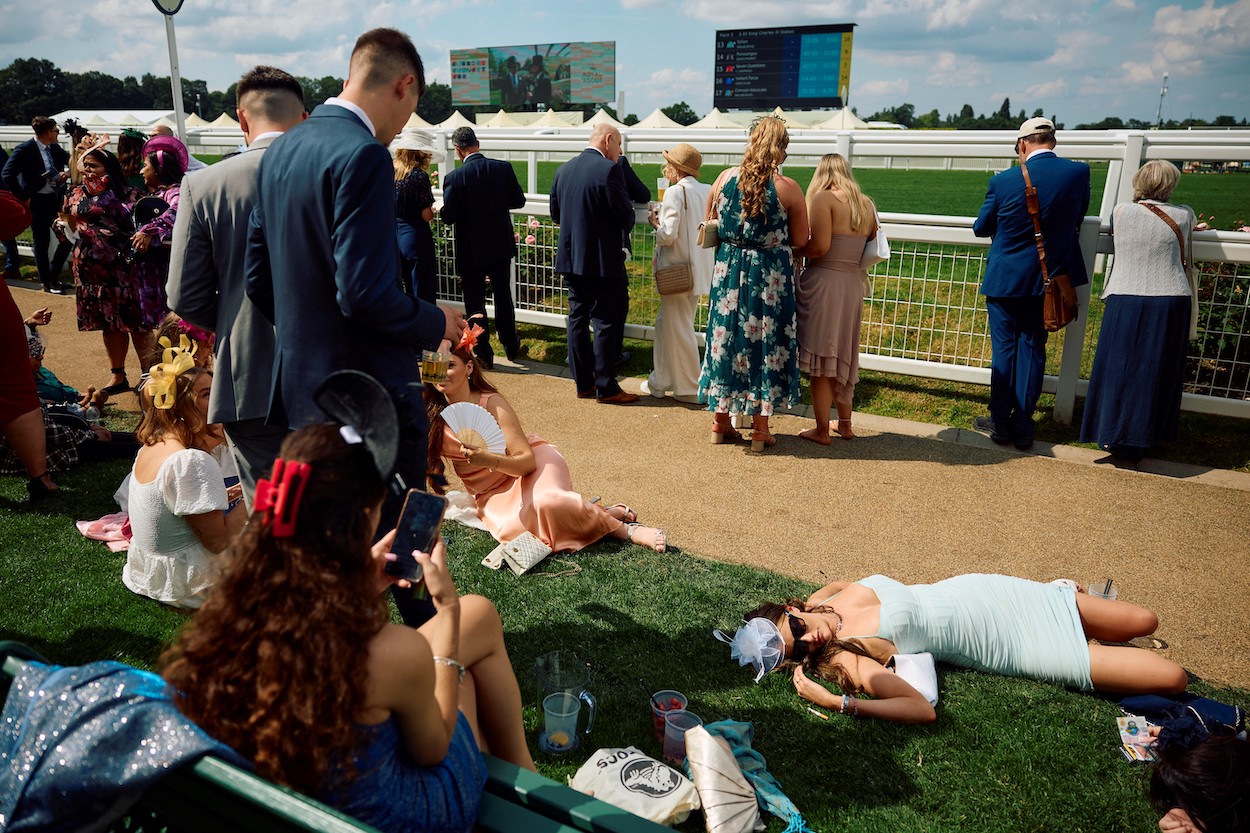I’ve never liked Ascot. On the occasions when I have dressed up and flogged across the south-east on a series of trains to get there, I have always regretted it. The pinching shoes, the faux-snobbery of the Royal Enclosure, the traipsing around the grandstand that resembles an airport crossed with a shopping mall, the feigned interest in equestrianism, the footballers in toppers and tails. All in all, I find it hollow. But there’s a certain sadness here; I want to like Ascot. I want to see what others see: the champers, the races, the hats, the larks, the British at play. Instead, I just find it a bit naff; the Season equivalent of nude tights à la Pippa Middleton.
Getting into the Royal Enclosure is considerably easier than in bygone eras
Ascot week ‘used to mean something’ my grandmother noted sadly many years ago, flicking through the pages of the Daily Telegraph in her armchair. Certainly, in its heyday Ascot did mean something. In the Edwardian era, Ascot was at its zenith. It is the Ascot that is embedded in our cultural imaginary: think Edward VII holding court at Windsor Castle during Ascot week, the balls, the White’s tent, the sheer social nirvana of it all.

Get Britain's best politics newsletters
Register to get The Spectator's insight and opinion straight to your inbox. You can then read two free articles each week.
Already a subscriber? Log in







Comments
Join the debate for just £1 a month
Be part of the conversation with other Spectator readers by getting your first three months for £3.
UNLOCK ACCESS Just £1 a monthAlready a subscriber? Log in